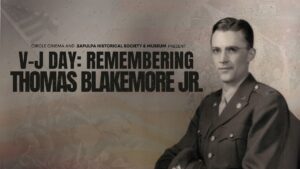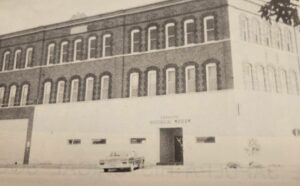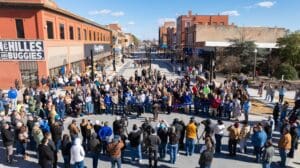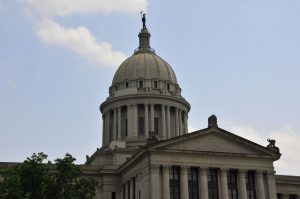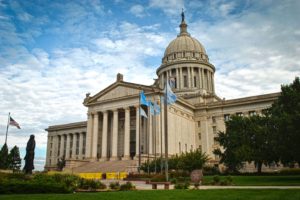Rachel Whitney, Curator,
Sapulpa Historical Museum
John F. Egan came to Sapulpa in 1892, a native of West Union, Iowa, as a licensed trader. The town of Sapulpa “then being but a struggling village at the terminus of the Frisco railway into the Indian Territory…” He had a wife, “married in Iowa prior to his advent into the new country, his two daughters being born in that agricultural empire, his only son a native of Sapulpa.”
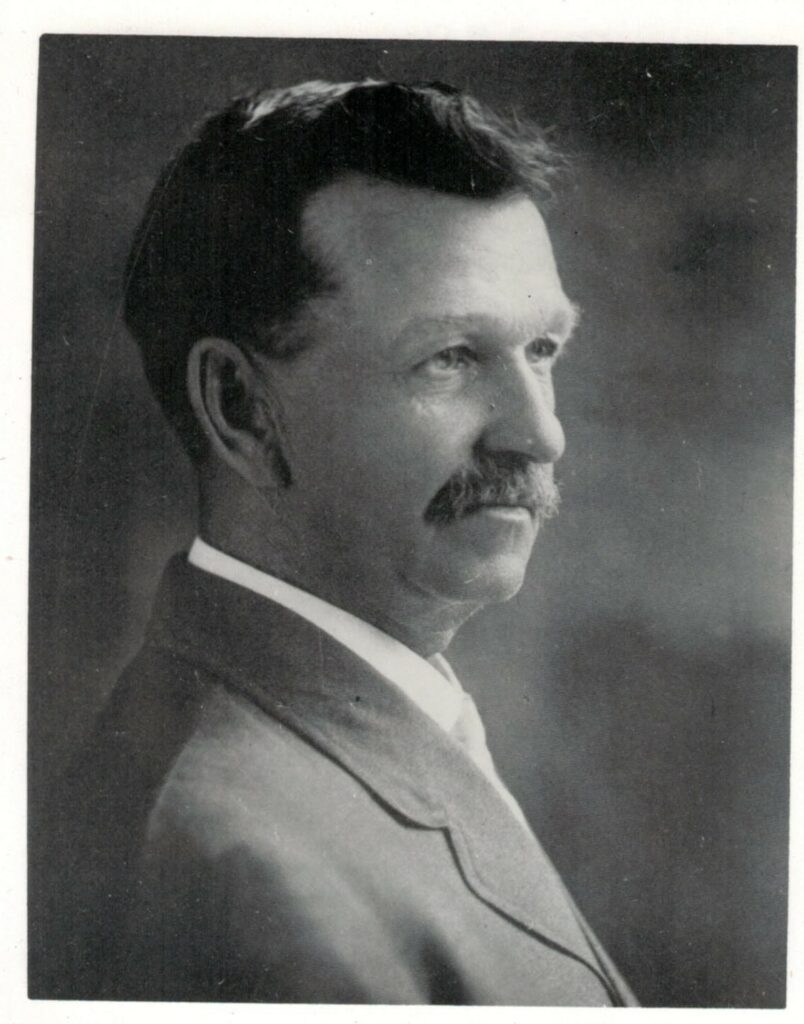
When a “possible forty or fifty people comprised the population of the present Creek County metropolis and capital…” John F. arrived in the area of Sapulpa, bringing his entire family along on this journey. He and his brother, James, became proprietors of the Egan Bro. General Mercantile stores, one in Kellyville, Sapulpa, and Tulsa*.
*Note: the location of the Egan store in Sapulpa burnt down in 1899. It would’ve been located on N Main St, east side, between Hobson and the tracks, around near where the Farmers Feed Store is presently.
On May 13, 1893, John F. Egan was appointed Sapulpa’s fourth Postmaster. “For five years, he was postmaster, having been first appointed by President Cleveland and serving under McKinley. The post office at the time was located in the Egan Bro. store, until the fire*. John F. “established the first money order office in our town.”
*Note: The post office relocated to the unit block of E Hobson St.
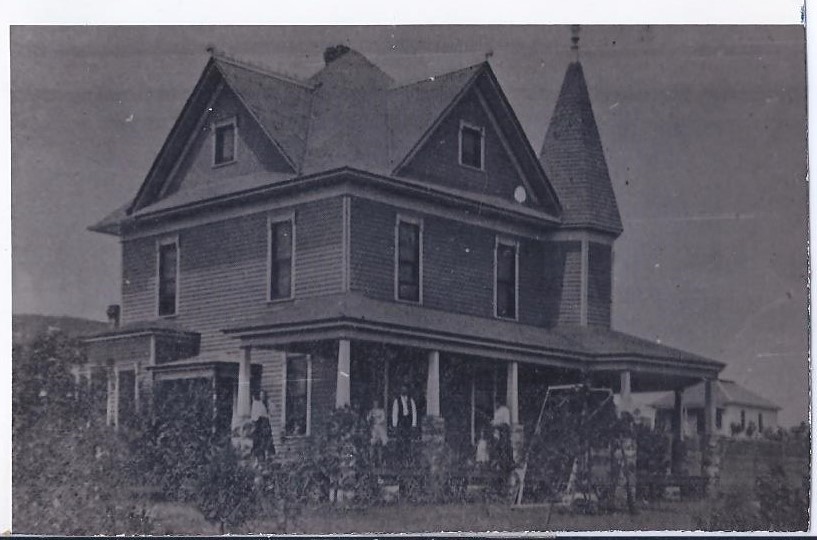
John F. also is said to have “located and named the town of Bristow twenty miles west of here.*”
*Note: John F. named the area after the PostMaster General under President William McKinley, Joseph L. Bristow.
John F. had many interests and positions earlier and later on in his life. He had been a school teacher for several years in Iowa. He also helped organize Sapulpa’s first schools. John F. was not only a member of the School Board for fourteen years, he had been president of the organization for many years. In 1903, he was appointed U.S. Constable and served until statehood in 1907.
“As an early settler and pusher in Sapulpa,” John F. “was the first real estate dealer in Sapulpa. He sold the first oil property in the town of Red Fork to Dorset Carter, author of the Indian Territory Statues.”
When John F. arrived to the Indian Territory, it was said to have been “rough and wild” “In those days, many of the most desperate men of the Indian Territory traveled through Sapulpa, not the least of whom was the famous ‘Cherokee Bill.’”
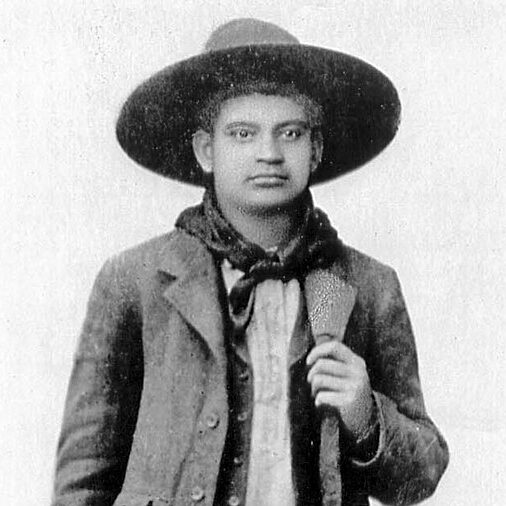
Crawford Goldsby, better known by his alias Cherokee Bill, was a notorious outlaw in the late 1800s in Oklahoma, Texas, and Arkansas. After moving around from house to house of friends and family, Goldsby, had his first of many confrontations when he was 18 years of age.
“Leaving Fort Gibson, he headed for the Creek and Seminole Nations, where he met up with outlaws Jim and Bill Cook.” The Cook Gang was formed, and “began to terrorize Oklahoma*. The Gang headed to Tahlequah, Wetumka, Nowata, Chandler, Okmulgee, Chouteau, Watova, and many others, including Sapulpa.
*Note: an interview with an early Sapulpa pioneer, W.A. Smith, stated that “he had peaceful dealings with them [outlaws]…At one time Cherokee Bill worked as a dishwasher in Mr. Smith’s Hotel. The famous Cook Gang was organized in a blacksmith shop, which stood on the grounds owned by Mr. Smith.” The Smith Hotel stood near the tracks on N Main St, just north of Hobson. It still stands today, but more on N Poplar and Hobson, as apartments.
In a span of less than a year, the Cook Gang killed, robbed stores and banks, and held train robberies. A supposed safeway for the Gang was in this area. Cherokee Bill somehow became friends with John F. Egan. He would come into the Egan Bro. store and purchase supplies.
But Cherokee Bill would always pull his pistol out, but never failed to pay for the supplies*.
*Note: By having his pistol drawn, this exonerated Egan from harboring a criminal.
On one occasion, after picking up supplies, a Marshal and a small posse rode up and asked John F., in an accusing manner, if Cherokee Bill had been there. When John F. told them he had just left, they asked if he knew where he was going. John F. pointed on top of North Heights Hill, and when the officers looked, a man on a horse waved at them.
The Cook Gang robbed the Frisco train in Red Fork on June 16, 1894. Cherokee Bill participated in the robbery, and found a familiar face on the train. John F. was a passenger, but was not robbed by any of the men*.
*Note: Peter Egan recalls hearing stories about his grandfather, John F. Egan, saying that John F. was a witness to two other train robberies, of which, the robbers recognized him as a friend of Cherokee Bill, and he was never robbed.
John F. told the Tulsa World in 1908, “Sapulpa was then a village of twenty-five people and the round-up and hey-dey town for cattle men, as well, as such characters as Cherokee Bill, Bill Cook, Lonnie Gordon, Hank Munson, Curtis Dayson, and Jim French, who used to make things lively frequently.*”
*Note: an interview with an early citizen of Sapulpa, C.B. Gilbert said, “As a child, Gilbert was well acquainted with the outlaws of Oklahoma. ‘Sapulpa was the headquarters for Cherokee Bill, Al Jennings, Bill Cook, and the Daltons. I rode many a mile with Cherokee Bill and Bill Cook.’” Another interview with an early citizen of Sapulpa, Sam Evans, stated, “Evans recalls how wild the times were when he was a boy. ‘Old Cherokee Bill came to our house and ate at our table. Bill was a killer and bank robber. He would just as soon kill a man as look at him. Some of the outlaws who came to our house to eat wouldn’t sit with their backs to the door. But they were honorable crooks. None of them would harm a woman.*’”
*Side Note: Mrs. Matilda Egan, John F.’s wife, was an excellent rider and liked riding by herself in the country. When approaching a grove of trees, she heard a voice coming from the woods. “Mrs. Egan, don’t look back. Ride out as fast as you can from here.” The voice said cautiously. The voice either belonged to Cherokee Bill or Bill Cook, she believed, and trusted the voice. She rode out as fast as she could.
Cherokee Bill would be arrested and tried in 1895. He was sentenced to be hanged to death on March 17, 1896. This week in Sapulpa history, John F. Egan received a letter from the outlaw. Cherokee Bill sent the letter as he was preparing for his sentencing to be carried out. It read:
“Mr. Egan, please let Tom Wyeth have the pistol that I left there. Your friend, Cherokee Bill.*”
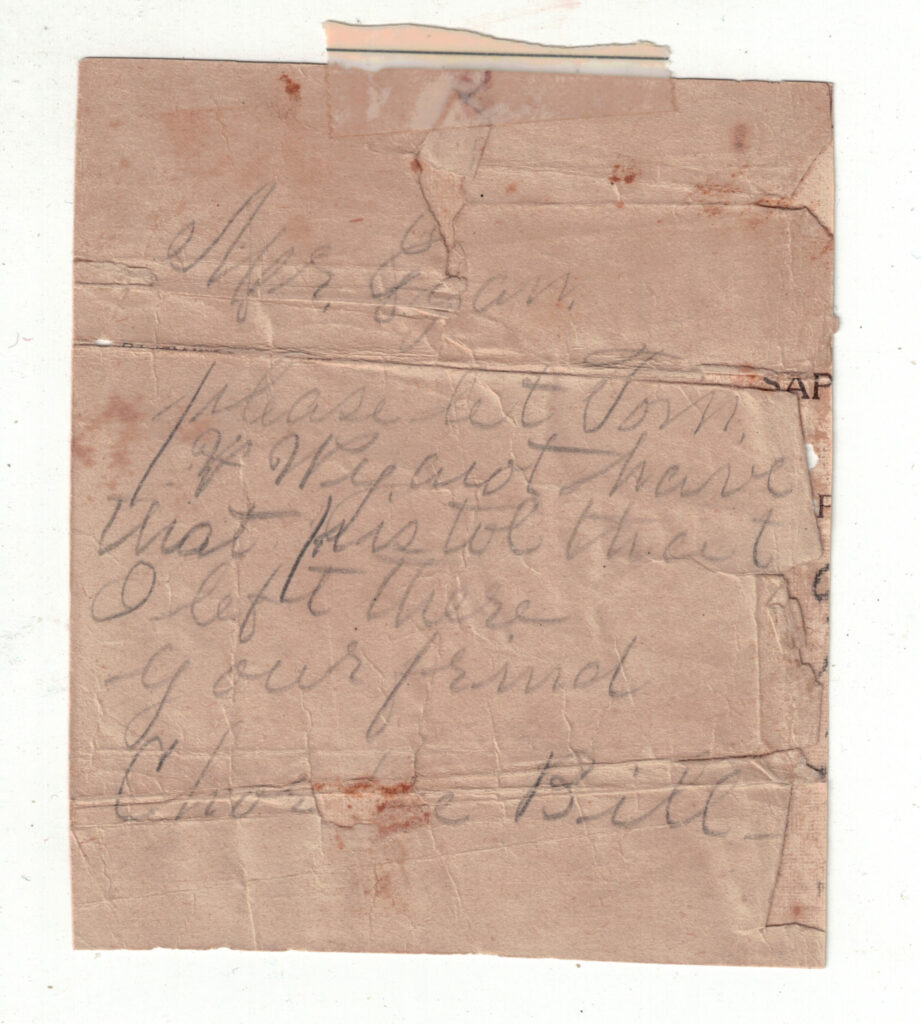
*Note: it is not fully known who Tom Wyeth was or if this is a correct spelling of the name. The article spells “Tom Wyeth” but the handwritten letter says either “Tom V. Wyaot” or “Tom Wyawt” (with the V crossed out for it was supposed to be the W), or “Tom Wyat” and misspelled.
John F. Egan received two gifts from his friend: a gun and a horse named Buck.
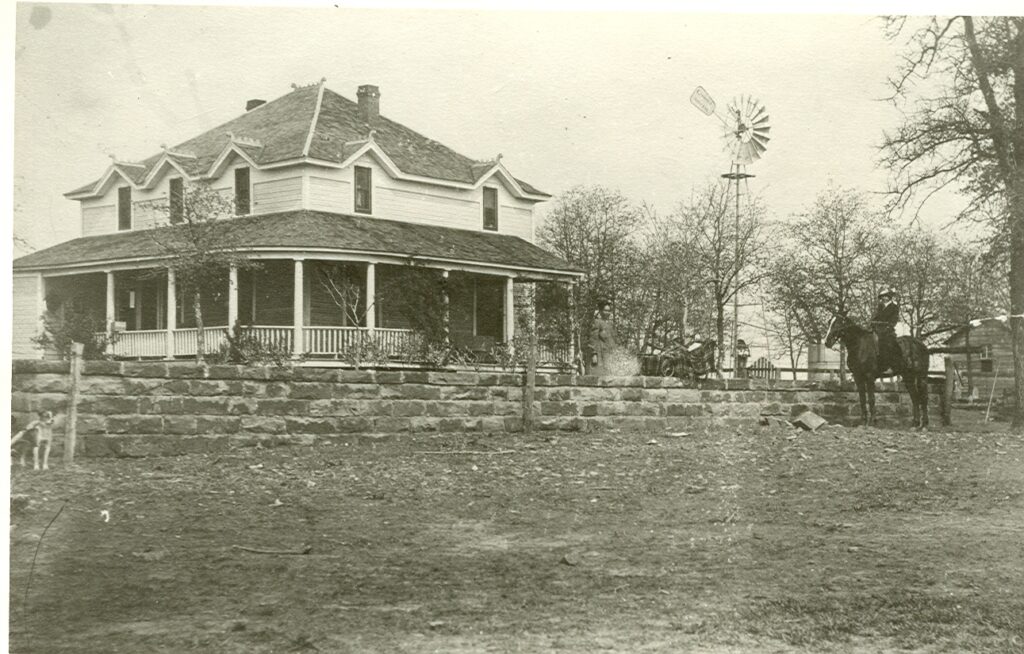
(Sapulpa Light, April 21, 1905, May 11, 1906, December 14, 1908; Sapulpa Evening Light, November 28, 1910; Sapulpa Daily Herald, November 25, 1962, June 23, 1963; Sapulpa, OK! The Greatest City in the Known World, Peter D. Egan; Wikipedia)



